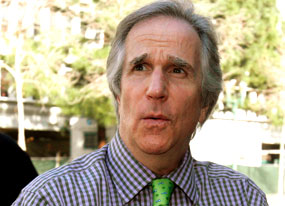 A defense verdict was handed down by a California jury today in a medical malpractice trial concerning the death of actor John Ritter from an aortic dissection. (Previously: The Medical Malpractice Trial of John Ritter)
A defense verdict was handed down by a California jury today in a medical malpractice trial concerning the death of actor John Ritter from an aortic dissection. (Previously: The Medical Malpractice Trial of John Ritter)
The family had previously settled with other defendants for $14M, according to press reports, and had continued on with respect to a radiologist that had done a study two years before his sudden death, and a cardiologist in the emergency room.
The jury found with respect to the radiologist that he had been advised two years earlier to follow up after the study (but also alleged that it wouldn’t have made a difference.) The case against the cardiologist revolved around the failure to do a radiological study that had been ordered when he presented to the emergency room.
When I wrote about the case a few weeks back, I noted:
My personal view: Suits against emergency departments are very difficult, though not impossible. Jurors will, if given half a chance, give the benefit of the doubt to emergency room physicians, often times even if their own protocols are violated. I have no idea what will happen in this particular case since I won’t be in the courtroom hearing the evidence, but I say with some confidence that the scenario presented in the news media presents a difficult factual pattern if the hospital was the culprit in failing to get the CT scan done.
(hat tip to TortsProf)
More: Ritter Lawsuit Demonstrates How Medical Malpractice Caps Discriminate On Basis Of Wealth (David Lowe, InjuryBoard:Milwaukee)



